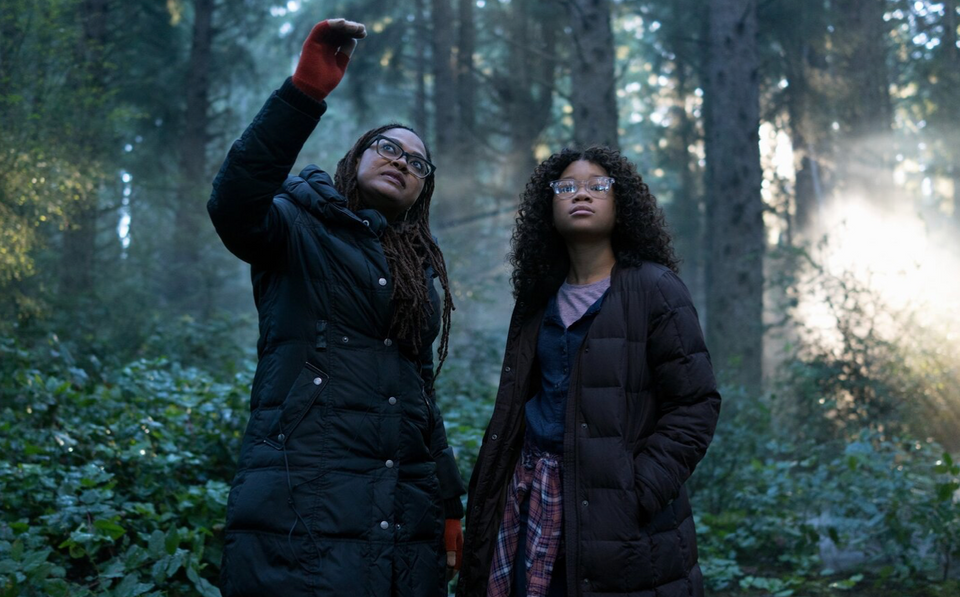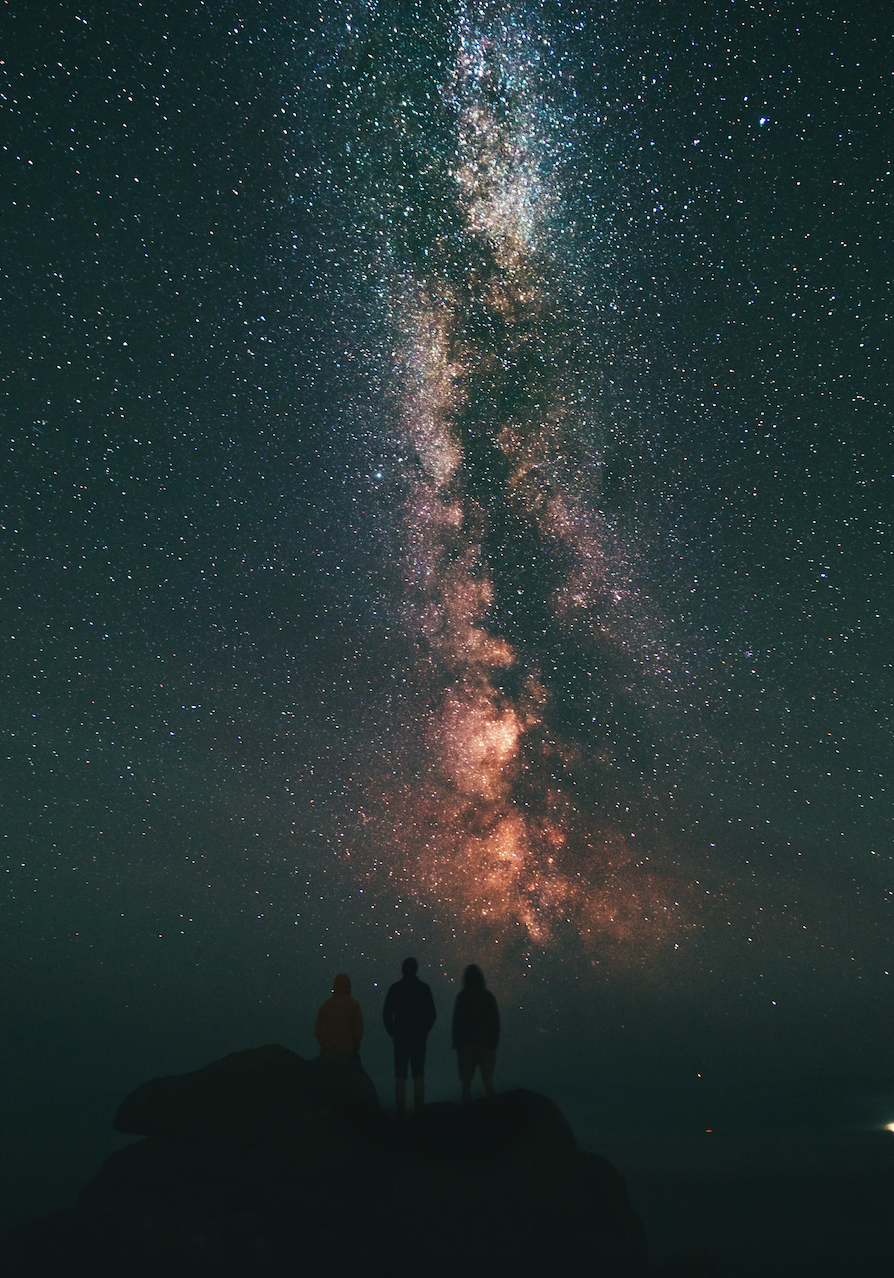Even though horror movies aren’t suffering at the box office there is something missing from the genre: the horror. Many moviegoers are looking for a quick scare, and Hollywood reflects this. Year after year we get sequels, prequels, and remakes of films that are mere gimmicks. Every once in a while mainstream cinema will have its gems, but overall the horror genre feels lost. Yet, true horror reflects our fears, addressing what we don’t want to talk about. It has been too long since horror films have attempted inventive. Then, Jennifer Kent’s The Babadook came out last year.
The film centers around Amelia (played by Essie Davis), a single mother trying to raise her son Samuel (Noah Wiseman), after the death of her husband. [Spoiler] It is eventually revealed that Amelia’s husband died in a car accident while she was in labor with Sam. Amelia resents her son; when he says he loves her, she can’t say “I love you” back. She wants to love her child, but the guilt, and sorrow make it difficult. Sam’s life and her husband’s death are inseparably intertwined. The difficulty of being a single, grieving mother is exacerbated by Sam’s erratic nature; he gets so bad that he has to be removed from school. His behavior and the loss of her husband all bear down upon her. The ever-present bags under her eyes, disconnected from friends, how she can’t seem to sleep anymore. As the film progresses Amelia’s sanity begins to slowly slip. She hears things, lashes out in physical violence, and both she and Sam start seeing the Babadook.
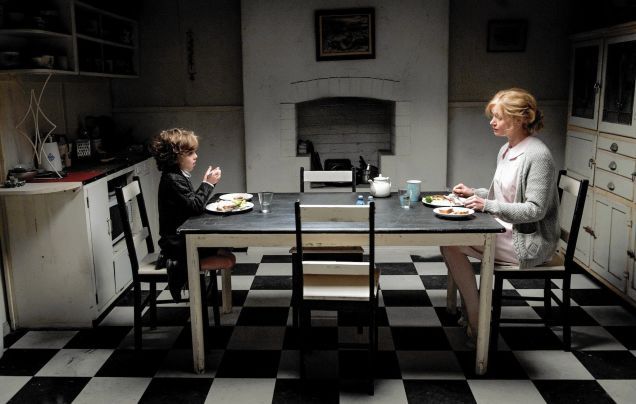
The creature itself is terrifying, a mix of humanoid cockroach and Phantom of the Opera wearing a coat and top hat. Yet physical appearance isn’t what makes the Babadook terrifying, but what it represents. The Babadook represents Amelia’s agony, her grief, depression and loss, and this is what makes the film true story horror. It presents a taboo affliction, the lonely island of grief, and adds a supernatural spin to it. So much of mainstream horror cinema plays it safe, focusing on playing out the action quickly and loudly; The Babadook is a slow, and painful burn.
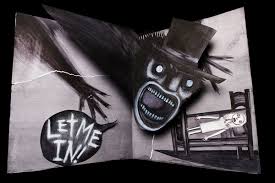
Along with its haunting imagery The Babadook asks the viewer to look at the family, and how it functions, in an unconventional light. Watching the chemistry between Amelia and Sam is heartbreaking. When Amelia can’t say “I love you”, and becomes exponentially more hostile over the course of the film. They are family, and conventionally we are used to the loving family overcoming obstacles. Societal norms would have us believe that mothers always love their children, and will always protect them. This is not the case here; this is family torn apart by depression, unable to cope, and pushed into utter darkness. The audience has to view something that is not just different, but a situation difficult to swallow.
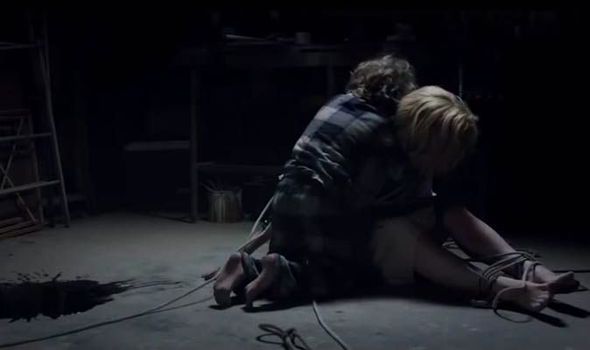
Director John Carpenter once said, “There are two different stories in horror: internal and external. In external horror films, the evil comes from the outside, the other tribe, this thing in the darkness that we don’t understand. Internal is the human heart.” Effective horror movies should scare and unsettle the viewer, and one way to accomplish this is horror that’s personal, human. The Babadook is that darkness we don’t understand, the horror that lives within us. The Babadook portrays what that life is like, to be haunted by something that is out our control, to live with heartache and burden. We witnesses a woman haunted by her own agony, cursed by her own emotions.
Contemporary horror relies on simple tropes and tired effects to scare the audience. These can involve “jump scares” (moments when a visual or sound cue is quickly flashed or played to give the audience a jolt). These techniques were used constantly in last year’s Annabelle. There would be a sharp noise played at a random time and a ghost’s face would pop up out of nowhere. These sort of techniques can cause audience members to jump in their seats, but that isn’t horror. Strong horror is subtle, slow, and may force you to look upon a terrifying image. In one scene in The Babadook, Amelia is standing in her hallway and looking into the kitchen. The Babadook begins floating towards her, the music gets lower the closer it gets. The camera moves from her face to its approaching form. As the Babadook comes upon her, the music is cut and then the sound of blades being drawn is heard as its claws pull out. This is effective use of imagery and sound, holding the audience on the edge of its seat. This isn’t just one moment of quick shock, but a scene of creeping dread, the slow movement of fear.
Much of The Babadook is a risk in the realm of cinematic horror. But what modern horror needs is more risks, to step away from convention, to bring back the essence of horror. The genre is meant for more than just a quick shocking jolt, a close up of some monster’s face. For being a first feature debut from director Jennifer Kent, The Babadook certainly deserves to be viewed, especially for fans of horror. She was able to create a family steeped in misery, but also create a face to a creature that is far too real. Her risks paid off, for she reminds us that some of life’s horrors are within.


